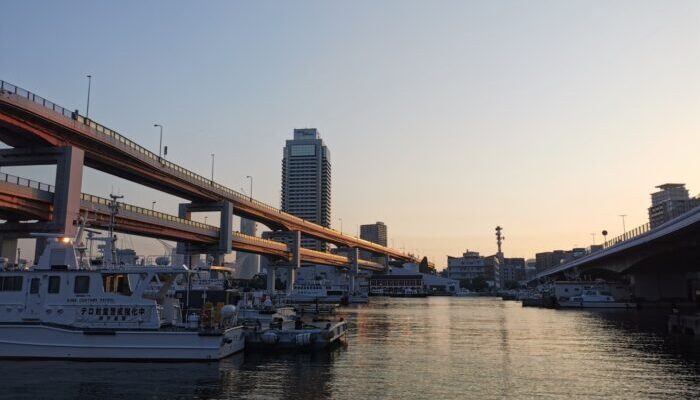
Sophocles, a great tragic writer of Classical Athens, said that “success is dependent on effort”. When it comes to disaster risk reduction, are we doing enough to develop a culture of resilience and how do cultural factors affect people’s willingness to protect themselves and build an effective disaster reduction and reconstruction mechanism?
In 1995 (17/01/1995), Kobe, Osaka (Japan) and the surrounding area were struck by a powerful earthquake (magnitude 7.3 on the Richter scale) that caused the death of more than 6,000 people, left more than 43,000 injured and destroyed almost 250,000 homes wholly or partially.
During my recent visit to Kobe, I visited the Great Hanshin-Awaji Earthquake Memorial and the Disaster Reduction and Human Renovation Institution to comprehend the impacts, experiences and lessons learnt and understand what it takes to better prepare for future events. As part of the experience, I got to relive the moments of the earthquake, watch the earthquake’s destructiveness, and look at actual artefacts from donors, photographs, video footage and testimonials from survivors on the event and the path of reconstruction.
Japan is one of the most geologically active regions and, therefore, a disaster-prone country. At the same time, nowadays, it is a leading country in disaster prevention, having invested heavily in building back safer during the past decades. In the city of Kobe, the Great Hanshin-Awaji Earthquake is the event imprinted on people’s memories, showing that they weren’t prepared for such a damaging occurrence.
The city of Kobe now does not remind you of a city that was once devastated by the earthquake; infrastructure and buildings are rebuilt and reinforced against another earthquake following an extended plan of reconstruction aiming to build back better and safer. The economic activity in the area is now restored through an extensive programme that also includes community support for the earthquake victims.
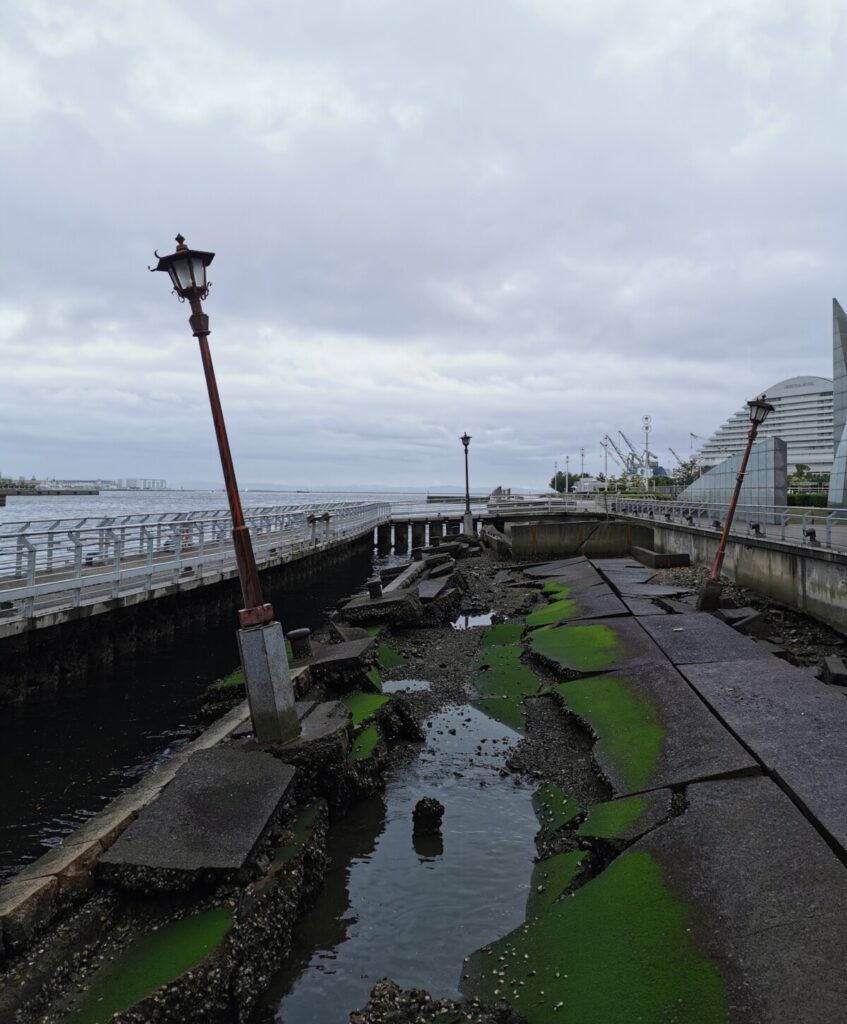
The Great Hanshin-Awaji Earthquake memorial near the port of Kobe, Meriken Park Old Quay remains (photo credit: Asimina Voskaki)
Shaping disaster risk reduction culture by learning
What would have been the case if an event such as the Great Hanshin-Awaji Earthquake occurred in another country with different cultural characteristics and fewer economic resources? What factors make a recovery from an event as powerful as this one possible?
First, the existence of a recovery plan and the necessary resources to deliver reconstruction are key contributing factors. Still, looking at the Kobe example, an aspect that struck me after listening to the testimonials is the remarkable behaviour of the people concerning public involvement [1] and overall risk management attitude. Next, social capital is important in driving the reconstruction process, ensuring recovery can be delivered faster and consistently [2]. At the same time, cultural capital shapes the general risk perception, how people react, and their overall attitude towards risk awareness and management.
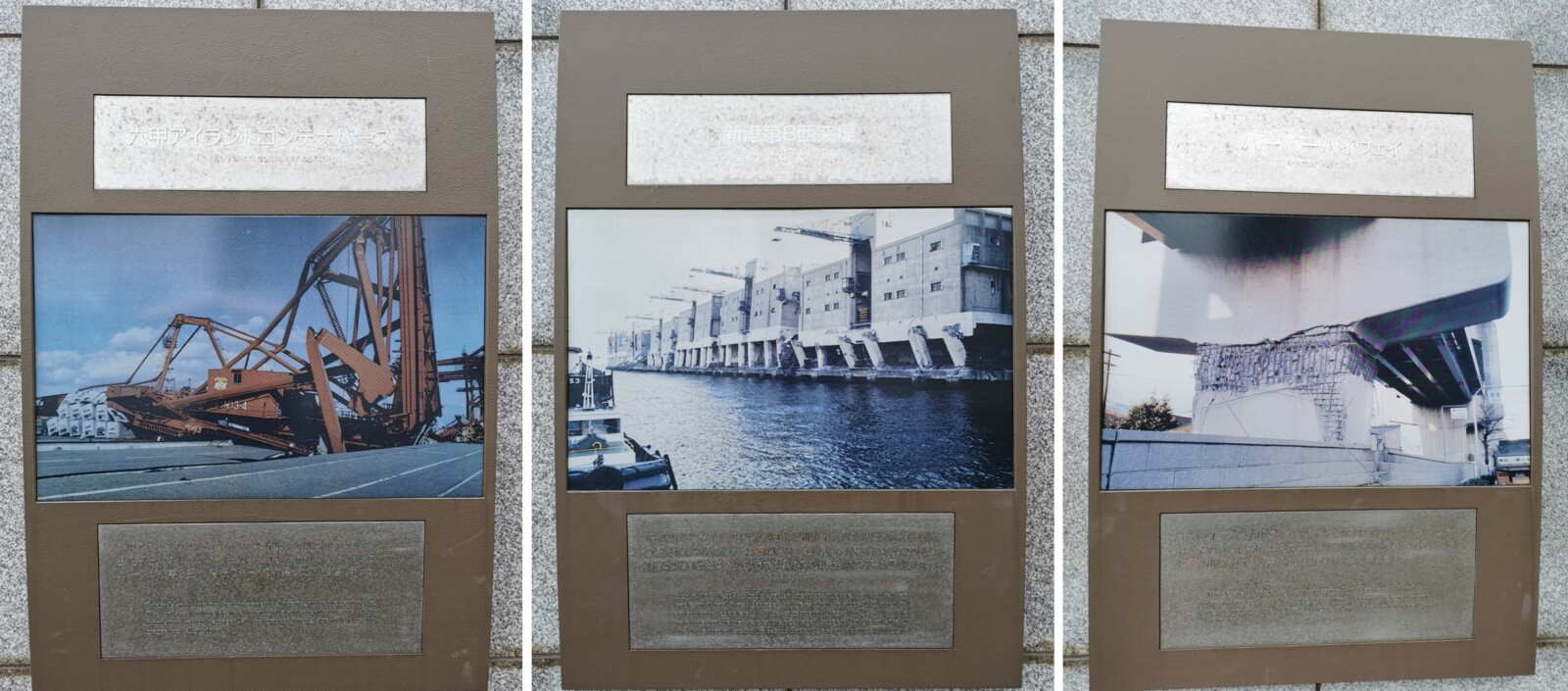
In the Kobe harbour area damage was widespread and severe (photo credit: Asimina Voskaki)
Do the different cultural characteristics influence actions to learn, which will eventually support developing an effective preparedness mechanism? Understanding risk is essential, and when designing risk reduction processes, acknowledging the complexities and aspects that shape norms influencing the acceptability of risk or how the risk is comprehended is vital. Educating people in hazard-prone areas is crucial in disaster risk management, shaping risk perception and approaches [3]. Also, developing multi-hazard awareness and a community resilience culture is necessary to ensure that people have the knowledge and capability to behave in an emergency [4].
Keeping alive a ‘culture of risk memory’ will likely support the implementation of risk reduction measures in the future [5]. Remembering the event’s impact influences the risk perception and the people’s behaviours towards risk and safety [6]. The role of the Disaster Reduction and Human Renovation Institution in Kobe does precisely that: keeps the collective memory and awareness alive.
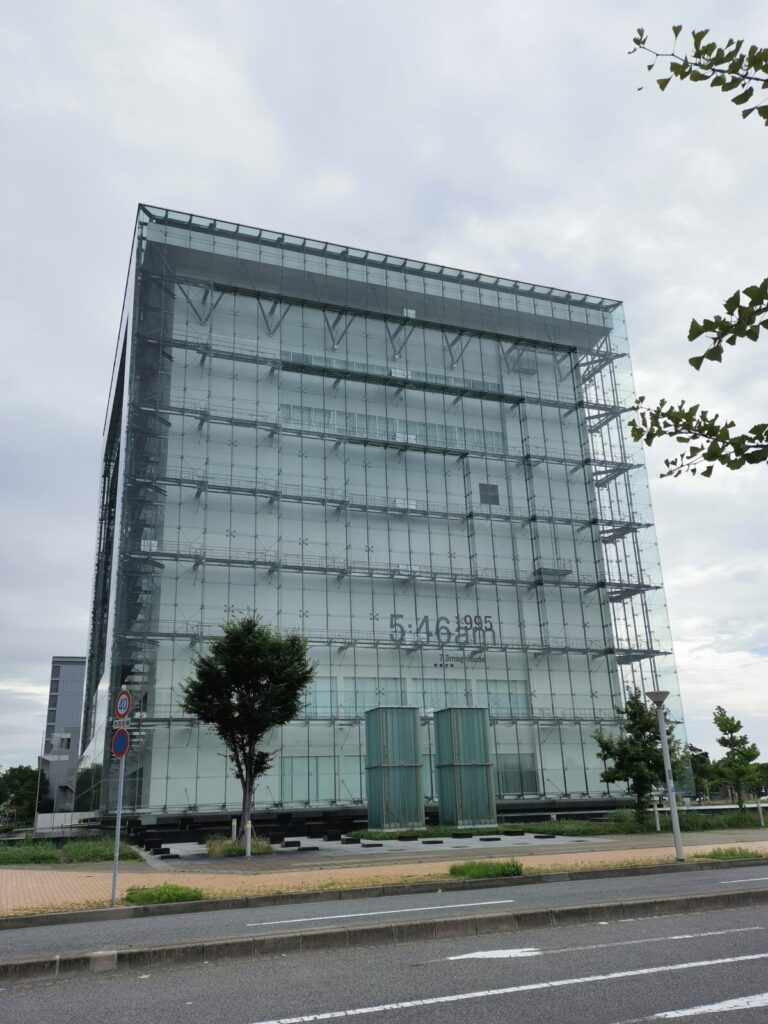
Disaster Reduction and Human Renovation Institution. The building shows the year, time and magnitude of the Great Hanshin-Awaji Earthquake (photo credit: Asimina Voskaki)
Learning and raising awareness are vital in strengthening community resilience. It allows people to fully understand the importance of being proactive and making informed decisions before and during a natural hazard event [7]. In Japan, learning about natural hazards and related risks starts at school, which is now part of Japan’s strategy to promote Nationwide Commitment to Disaster Risk Reduction. Drawing from past experiences, the program aims to build risk awareness and develop the skills needed to support future community response and preparedness mechanisms.
“Since we cannot change reality, let us change the eyes which see reality”
Nikos Kazantzakis
Culture is a factor shaping beliefs, collective memory, community participation and trust in civil protection authorities
Without a doubt, culture plays an essential role in building an effective response mechanism as it influences risk perception, how people interpret risk and how they behave in the face of a natural hazard event (before, during and after). Also, culture shapes people’s decision-making on livelihood choices and settlement location and, consequently, their vulnerability to natural hazards.
An aspect to consider is how attributes such as culture, shaping beliefs, attitudes, values and behaviours are integrated into disaster risk management. Studies on the perception of risk indicate that many communities end up being poorly prepared to respond to a natural hazard event even when they understand how a hazard, such as a flood or a wildfire behaves, because of a lack of understanding of the level of emergency with implications to the success of early warning mechanisms [8]. Behaviours and choices people make during a natural hazard event may also be driven by the trust they have in the civil protection mechanism [7]. Therefore, the success of emergency planning and early warning mechanisms may depend on how people will likely respond to the hazard based on their understanding of the risk, offered guidance and the existing levels of trust in civil protection.
Clearly, action is needed to enhance existing disaster risk management to incorporate cultural aspects that will eventually determine the success of preparedness, response and recovery actions. At the same time, educating people to develop more resilient thinking regarding natural hazards is necessary. Will we take the time to deliver such initiatives?
References
[1] Banba M. & Shaw R. (2016). 15 – Postdisaster Urban Recovery: 20 Years of Recovery of Kobe, https://doi.org/10.1016/B978-0-12-802169-9.00015-X
[2] Shimada G. (2017). A quantitative study of social capital in the tertiary sector of Kobe – Has social capital promoted economic reconstruction since the Great Hanshin Awaji Earthquake? https://doi.org/10.1016/j.ijdrr.2016.10.002
[3] Goto E.A. (2021). The role of risk perception outreach courses in the context of Disaster Risk Management: The example of São Paulo city, Brazil, https://doi.org/10.1016/j.ijdrr.2021.102307
[4] Bandecchi A.E. et al. (2019). Geo-hydrological and seismic risk awareness at school: Emergency preparedness and risk perception evaluation https://doi.org/10.1016/j.ijdrr.2019.101280
[5] Martinez G. et al. (2020). The role of culture for coastal disaster risk reduction measures: Empirical evidence from northern and southern Europe https://doi.org/10.1016/j.accre.2020.11.001
[6] Marshall T. (2022). Risk perception and safety culture: Tools for improving the implementation of disaster risk reduction strategies https://doi.org/10.1016/j.ijdrr.2020.101557
[7] Zikeloglou I. et al. (2023). Is early evacuation the best and only strategy to protect and mitigate the effects of forest fires in WUI areas? A qualitative research on the residents’ response during the 2021 forest fires in NE Attica, Greece https://doi.org/10.1016/j.ijdrr.2023.103612
[8] Avvisati G. et al. (2019). Perception of risk for natural hazards in Campania Region (Southern Italy) https://doi.org/10.1016/j.ijdrr.2019.101164
[9] Kruger F. et al. (2015). Cultures and disasters: Understanding cultural framings in disaster risk reduction, ISBN: 978-0-415-74558-1
Post edited by: Paulo Hader

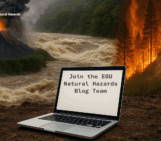
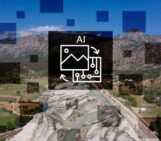
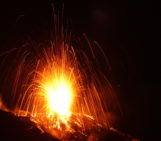

Panagiota Pantazopoulou
Great work Asimina!
Asimina Voskaki
Thank you!